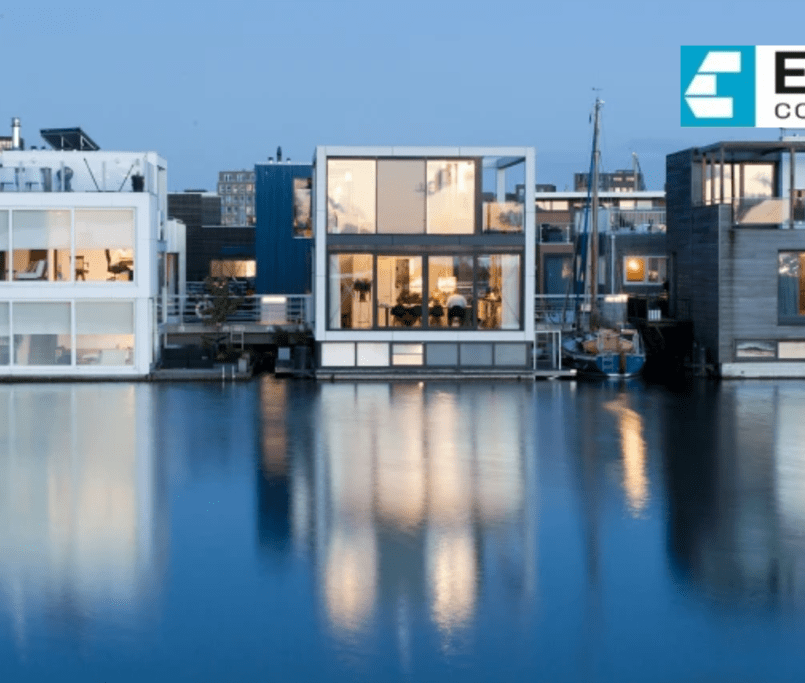5 Iconic Structures That Showcase the Mastery of Structural Design Engineering
In the world of architecture and engineering, certain structures stand out not only for their breathtaking aesthetics but also for the sheer brilliance of their structural design. These iconic landmarks push the boundaries of what’s possible, showcasing the mastery of structural design engineering. Let’s take a closer look at five such marvels:
1. The Eiffel Tower – Paris, France
One cannot discuss iconic structures without mentioning the Eiffel Tower. Designed by Gustave Eiffel for the 1889 World’s Fair, this towering masterpiece revolutionized the use of wrought iron in construction. Standing at 324 meters tall, the Eiffel Tower was the tallest man-made structure in the world until 1930. Its innovative lattice structure not only provides exceptional strength and stability but also allows for efficient wind resistance. Today, the Eiffel Tower remains an enduring symbol of architectural ingenuity and engineering excellence.
2. The Sydney Opera House – Sydney, Australia
A UNESCO World Heritage Site and an iconic symbol of Australia, the Sydney Opera House is renowned for its distinctive sail-like roofs. Designed by Danish architect Jørn Utzon, its innovative shell structure comprises a series of precast concrete ribs, creating a dramatic interplay of light and shadow. Despite numerous technical challenges during construction, including complex geometry and material constraints, Utzon’s visionary design ultimately triumphed, resulting in one of the most recognizable and beloved architectural landmarks in the world.
3. The Golden Gate Bridge – San Francisco, USA
Spanning the Golden Gate Strait, the Golden Gate Bridge is an engineering marvel that seamlessly blends form and function. Designed by engineer Joseph Strauss and architect Irving Morrow, its graceful Art Deco towers and sweeping suspension cables are not merely aesthetic features but integral components of its structural integrity. The bridge’s innovative design incorporates flexible suspension cables and shock-absorbing mechanisms to withstand the region’s notorious winds and seismic activity. As a testament to its enduring strength and beauty, the Golden Gate Bridge continues to captivate millions of visitors each year.
4. The Petronas Towers – Kuala Lumpur, Malaysia
Rising majestically above the Kuala Lumpur skyline, the Petronas Towers are an architectural triumph of the modern era. Designed by Argentine architect Cesar Pelli, these twin towers held the title of the world’s tallest buildings from 1998 to 2004. Their innovative structural system features a central core surrounded by a series of perimeter columns and skybridges, ensuring optimal stability and efficiency. The towers’ sleek, Islamic-inspired design and cutting-edge engineering have earned them global acclaim as symbols of Malaysia’s economic progress and cultural identity.
5. The Shanghai Tower – Shanghai, China
As the second tallest building in the world, the Shanghai Tower redefines the skyline of Shanghai with its innovative design and sustainable features. Designed by architectural firm Gensler, this supertall skyscraper boasts a unique twisting form that reduces wind loads and minimizes its environmental footprint. Its advanced double-skin facade and energy-efficient systems contribute to significant energy savings and occupant comfort. The Shanghai Tower exemplifies the future of high-rise construction, combining structural innovation with environmental responsibility to create a truly iconic landmark.
In conclusion, these five iconic structures exemplify the mastery of structural design engineering, showcasing the ingenuity, creativity, and technical expertise of architects and engineers. From the timeless elegance of the Eiffel Tower to the cutting-edge sustainability of the Shanghai Tower, each landmark leaves an indelible mark on the built environment, inspiring awe and admiration for generations to come.





